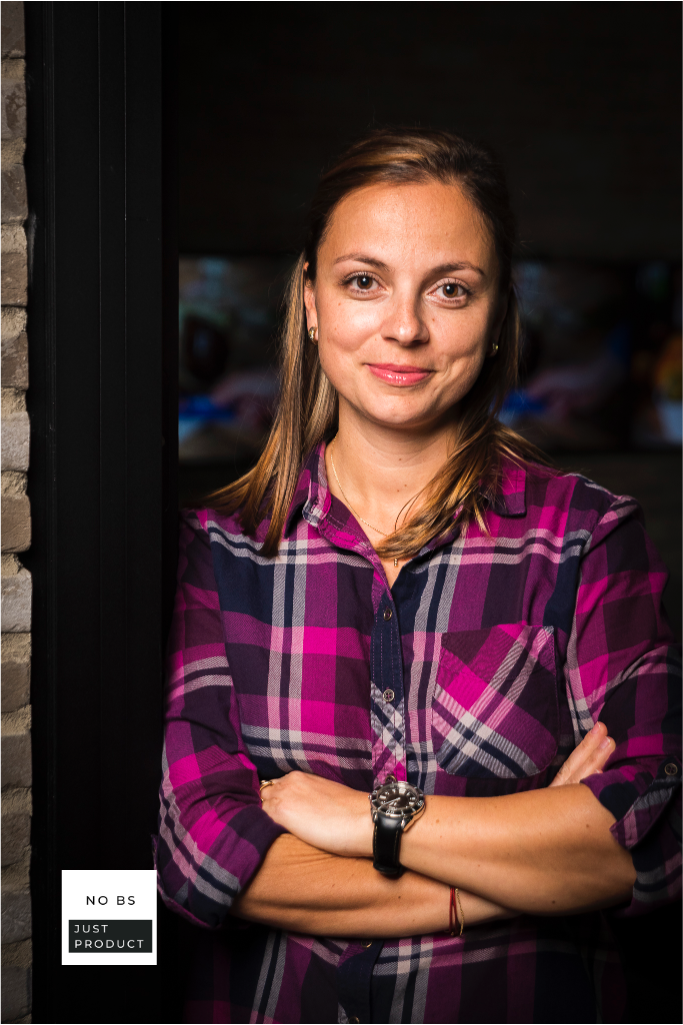EDITOR’S NOTE:
Antoniya Ditsova is a Product Lead at SumUp - a leading global financial technology company driven by the purpose to provide easy-to-use payment solutions to more than 4 million small merchants in over 35 markets worldwide, helping them start, run and grow their businesses.
In under 500 words, she shares:
How she got into product management…
How she starts her mornings for maximum productivity…
Some of her sources of learning…
And more…
Enjoy!

“How did you get into product management?”
Prior to product, I was doing project- and program management. At some point, I wanted to move to a role that would allow me to delve into solving ambiguous problems and have a significant impact by delivering value both to the customer and the business. There weren’t many product companies in Bulgaria at the time and the role wasn’t that popular yet. Regardless of that, I was convinced that in product management I would find the desired sense of purpose at work.
“How do you start your mornings at work?”
I start most days with yoga to wake up the mind and body. Then I switch to working mode and look at my calendar to outline a plan for the day. Mornings are usually my “slow” time when I catch up on reading, thinking, and retrospecting before I jump into the first meeting.
“What do you know about product management now that you wish you’d known when you first started?”
I’ve realized that no matter how good you are at product management, you can be successful only if you work with a truly empowered and talented cross-functional product team. More on this here and here.
“What did your biggest product failure teach you?”
o Err on the side of overcommunication rather than making assumptions or taking unnecessary risks. Don’t be afraid to call into question something that seems obvious.
o Some documentation won’t hurt especially if you’re working in a fast-growing company and highly regulated industry.
o “Remember that there is no work beneath you and no work above you. Be willing to do whatever it takes to help your team and your organization succeed.” - Matt LeMay
“What’s the #1 thing that has helped you shorten your product management learning curve?”
Most of my learning happened in my first job as a PM. My manager’s guidance and mentorship were pivotal and enabled me to connect the dots. And when you add to that an environment that fosters learning and experimentation, you get the freedom to try different approaches and techniques and figure out what works for you and your team in the particular context. I also had the chance to attend very insightful workshops with Marty Cagan and Jeff Patton that shaped the way I approach product management.
“How do you stay updated on the best practices in product management?”
I follow a few newsletters, blogs, podcasts, and experts. I am a big fan of Marty Cagan, Teresa Torres, Melissa Perri, Petra Wille, and Matt LeMay, just to name a few.
I’m also a member of the Reforge and Women in Product international communities which are great go-to networks to pick other PMs’ brains on a particular case.
I usually attend at least one international conference or workshop throughout the year. It’s pretty enriching to meet with speakers and professionals of various industries from all over the world who share the same passion for continuous improvement and learning.


